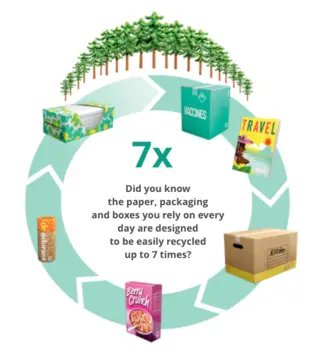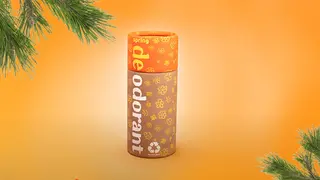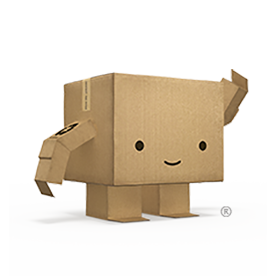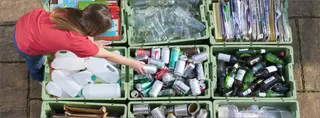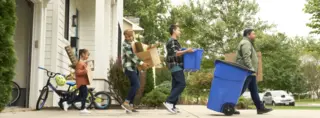Ever wonder what happens to that cardboard box after it's placed in the recycling bin? It’s on its way to becoming a pasta container, a coffee sleeve or one of the many other paper products we use every day. Since paper products are among the most recycled materials in the U.S., you can feel good knowing that cardboard box will be transformed into something new.
In fact, 71-76% of all cardboard boxes in the U.S. were recycled in 2023. And the paper and packaging industry is determined to see that number grow with projects announced or expected to be completed by 2025 that will use more than 9 million tons of recycled paper.
That means, here in the U.S., we’re making advancements so we can accept more and more paper products into our recycling stream. You can help, not only by recycling what you use but by paying attention when you shop, buying products in recyclable containers whenever possible.
To make both steps easier, read our tips below.
1. Learn Your Recycling Center’s Rules
While communities have differing guidelines, these paper and packaging goods can typically be recycled:
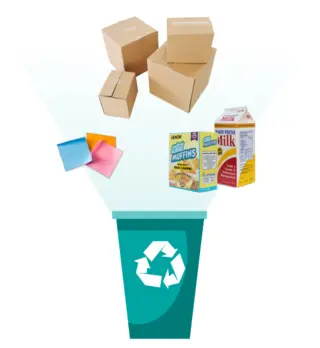
- White and colored paper. Think writing paper, printer paper, file folders and stationery.
- Mail and envelopes. Yes, even those with windows, greeting cards (if they don’t have glitter or foil) and coupons.
- Boxes for cereal, shoes, laundry detergent and medicine.
- Shipping boxes. (Empty them, and break them down so they’re flat.)
- Paper bags
- Magazines and newsprint. There’s no need to remove staples or worry about special inks or glossy papers. Today’s recycling machinery can handle them.
- Tubes from wrapping paper rolls
- Molded pulp packaging (the egg carton-type packaging that often secures goods in place within their box).
- Juice and milk cartons.
Recycling centers usually accept a variety of non-paper items. These include:
- Aluminum cans
- Glass bottles
- Plastic jugs and jars
2. Don’t Put Non-Recyclable Packaging in the Recycling Bin
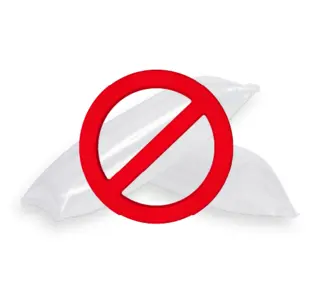
Putting non-recyclable packaging material in the recycling bin is a common mistake. Most municipal recycling facilities don’t accept:
- Styrofoam.
- Inflated packaging, such as air bags and plastic sheets with bubbles.
- “Soft” plastics (i.e., the kind that keep their shape if you scrunch them).
- Materials that municipal recycling facilities won’t accept should go to a dedicated drop-off spot.
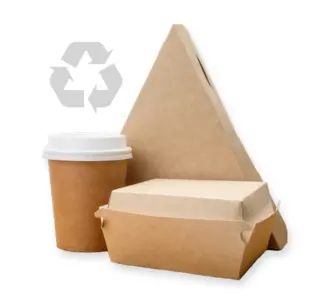
3. Recycle Food Packaging with Care
Paper-based food containers, like the paperboard takeout boxes your fries or hamburger come in, are a sustainable option in part because they’re made with a renewable resource. It’s best to put clean, dry food packaging in the recycling bin, but always check your local guidelines beforehand.
Read More: Ingredients for the Perfect Slice: Pepperoni, Mozzarella and Recyclable Boxes
